Daniela Rus
Model Based Control of Soft Robots: A Survey of the State of the Art and Open Challenges
Oct 04, 2021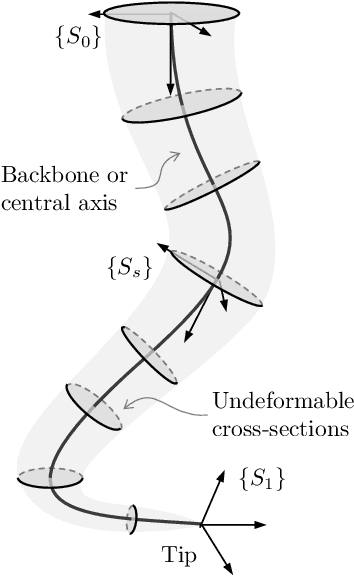
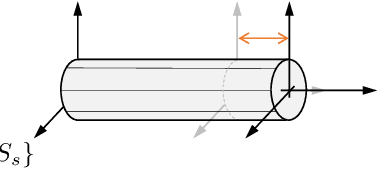
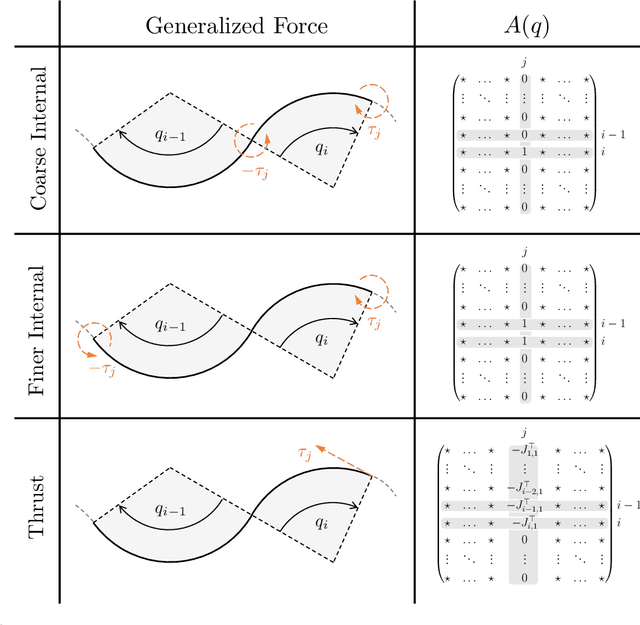
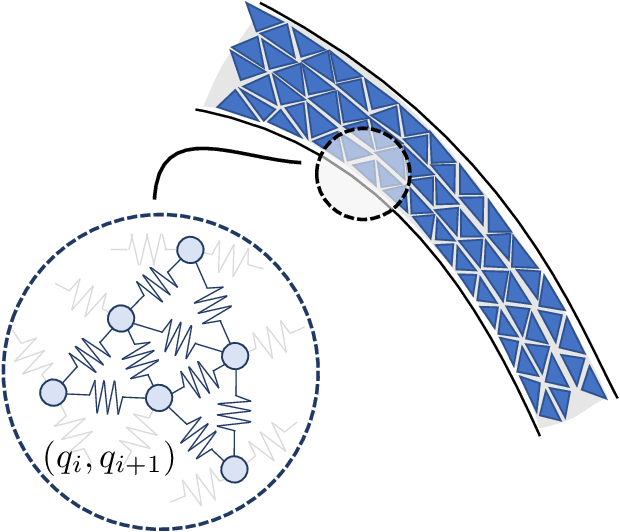
Abstract:Continuum soft robots are mechanical systems entirely made of continuously deformable elements. This design solution aims to bring robots closer to invertebrate animals and soft appendices of vertebrate animals (e.g., an elephant's trunk, a monkey's tail). This work aims to introduce the control theorist perspective to this novel development in robotics. We aim to remove the barriers to entry into this field by presenting existing results and future challenges using a unified language and within a coherent framework. Indeed, the main difficulty in entering this field is the wide variability of terminology and scientific backgrounds, making it quite hard to acquire a comprehensive view on the topic. Another limiting factor is that it is not obvious where to draw a clear line between the limitations imposed by the technology not being mature yet and the challenges intrinsic to this class of robots. In this work, we argue that the intrinsic effects are the continuum or multi-body dynamics, the presence of a non-negligible elastic potential field, and the variability in sensing and actuation strategies.
Compressing Neural Networks: Towards Determining the Optimal Layer-wise Decomposition
Jul 23, 2021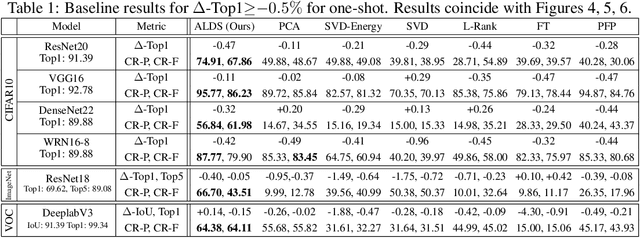

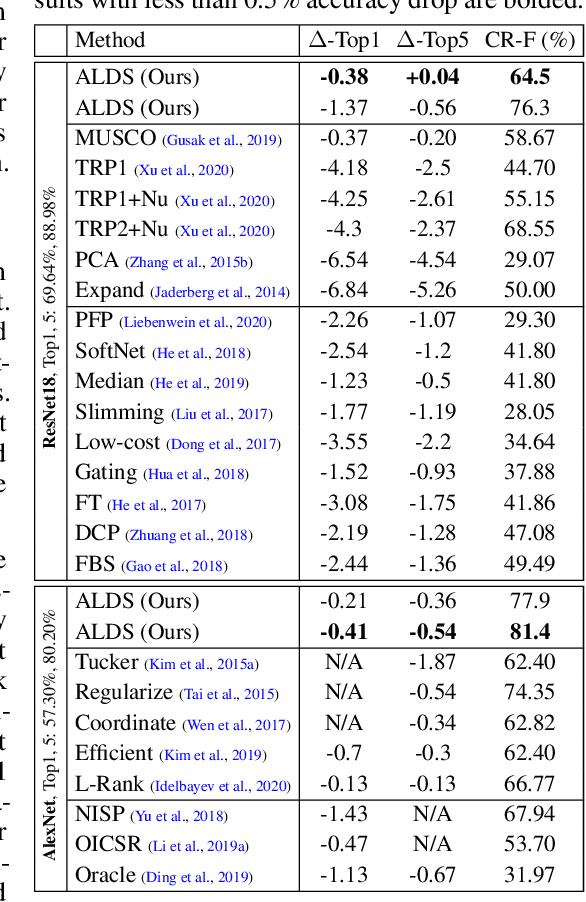

Abstract:We present a novel global compression framework for deep neural networks that automatically analyzes each layer to identify the optimal per-layer compression ratio, while simultaneously achieving the desired overall compression. Our algorithm hinges on the idea of compressing each convolutional (or fully-connected) layer by slicing its channels into multiple groups and decomposing each group via low-rank decomposition. At the core of our algorithm is the derivation of layer-wise error bounds from the Eckart Young Mirsky theorem. We then leverage these bounds to frame the compression problem as an optimization problem where we wish to minimize the maximum compression error across layers and propose an efficient algorithm towards a solution. Our experiments indicate that our method outperforms existing low-rank compression approaches across a wide range of networks and data sets. We believe that our results open up new avenues for future research into the global performance-size trade-offs of modern neural networks. Our code is available at https://github.com/lucaslie/torchprune.
GoTube: Scalable Stochastic Verification of Continuous-Depth Models
Jul 18, 2021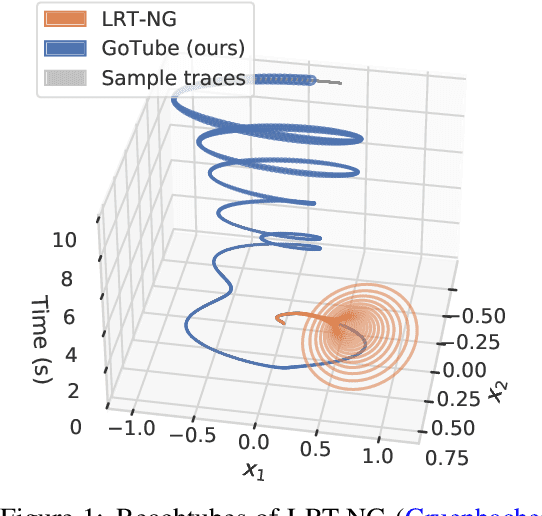
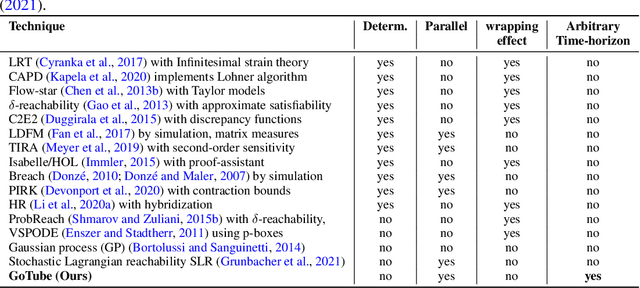
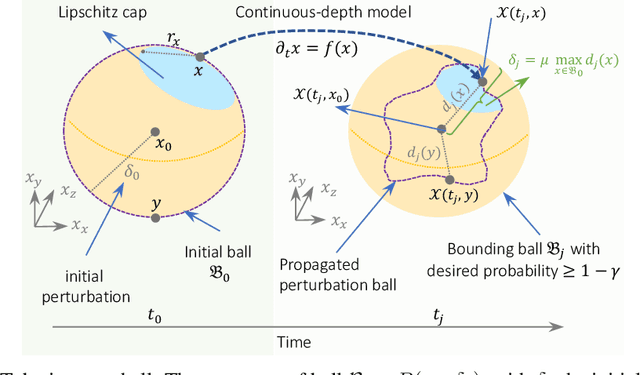
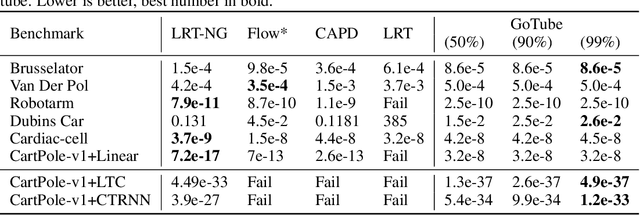
Abstract:We introduce a new stochastic verification algorithm that formally quantifies the behavioral robustness of any time-continuous process formulated as a continuous-depth model. The algorithm solves a set of global optimization (Go) problems over a given time horizon to construct a tight enclosure (Tube) of the set of all process executions starting from a ball of initial states. We call our algorithm GoTube. Through its construction, GoTube ensures that the bounding tube is conservative up to a desired probability. GoTube is implemented in JAX and optimized to scale to complex continuous-depth models. Compared to advanced reachability analysis tools for time-continuous neural networks, GoTube provably does not accumulate over-approximation errors between time steps and avoids the infamous wrapping effect inherent in symbolic techniques. We show that GoTube substantially outperforms state-of-the-art verification tools in terms of the size of the initial ball, speed, time-horizon, task completion, and scalability, on a large set of experiments. GoTube is stable and sets the state-of-the-art for its ability to scale up to time horizons well beyond what has been possible before.
Multi-Objective Graph Heuristic Search for Terrestrial Robot Design
Jul 13, 2021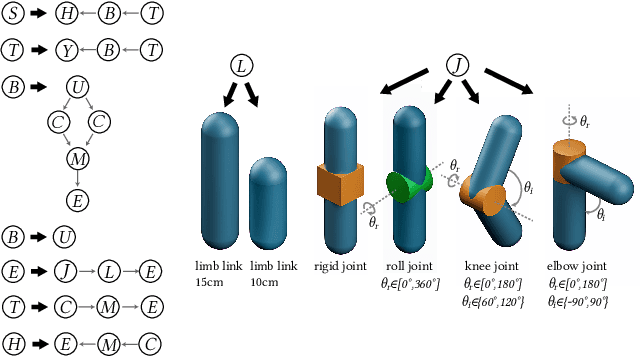
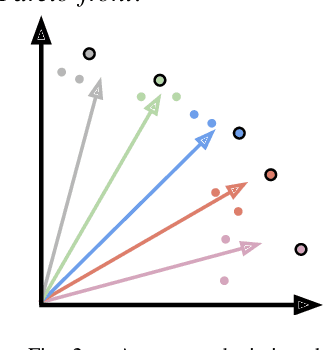
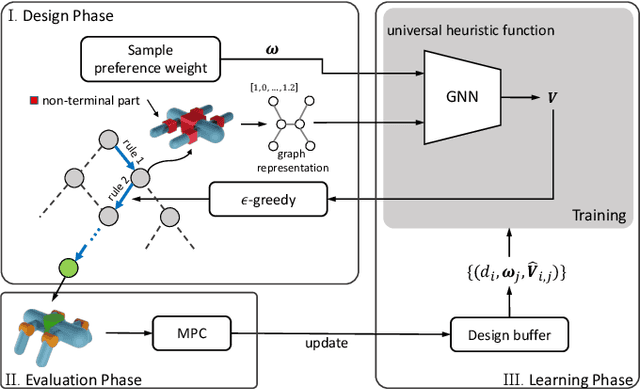
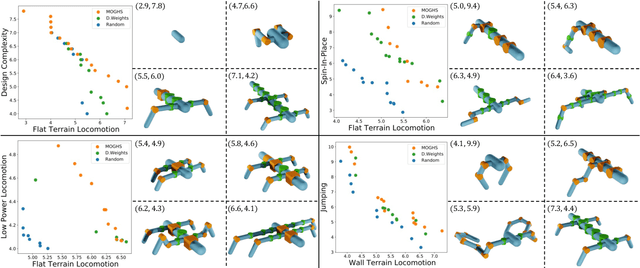
Abstract:We present methods for co-designing rigid robots over control and morphology (including discrete topology) over multiple objectives. Previous work has addressed problems in single-objective robot co-design or multi-objective control. However, the joint multi-objective co-design problem is extremely important for generating capable, versatile, algorithmically designed robots. In this work, we present Multi-Objective Graph Heuristic Search, which extends a single-objective graph heuristic search from previous work to enable a highly efficient multi-objective search in a combinatorial design topology space. Core to this approach, we introduce a new universal, multi-objective heuristic function based on graph neural networks that is able to effectively leverage learned information between different task trade-offs. We demonstrate our approach on six combinations of seven terrestrial locomotion and design tasks, including one three-objective example. We compare the captured Pareto fronts across different methods and demonstrate that our multi-objective graph heuristic search quantitatively and qualitatively outperforms other techniques.
Closed-form Continuous-Depth Models
Jun 25, 2021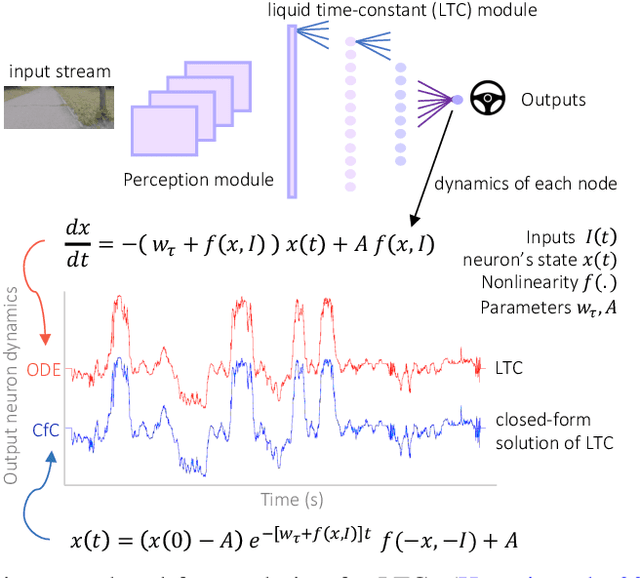
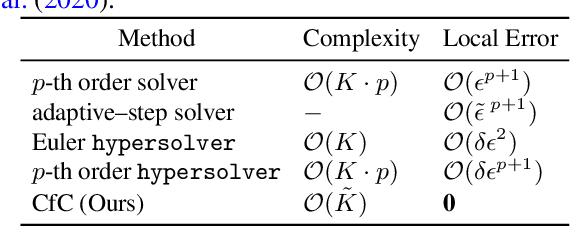
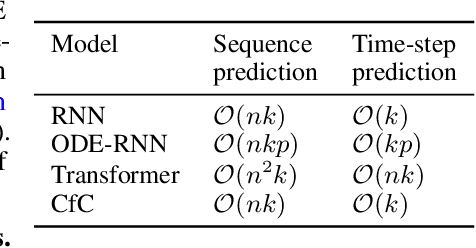

Abstract:Continuous-depth neural models, where the derivative of the model's hidden state is defined by a neural network, have enabled strong sequential data processing capabilities. However, these models rely on advanced numerical differential equation (DE) solvers resulting in a significant overhead both in terms of computational cost and model complexity. In this paper, we present a new family of models, termed Closed-form Continuous-depth (CfC) networks, that are simple to describe and at least one order of magnitude faster while exhibiting equally strong modeling abilities compared to their ODE-based counterparts. The models are hereby derived from the analytical closed-form solution of an expressive subset of time-continuous models, thus alleviating the need for complex DE solvers all together. In our experimental evaluations, we demonstrate that CfC networks outperform advanced, recurrent models over a diverse set of time-series prediction tasks, including those with long-term dependencies and irregularly sampled data. We believe our findings open new opportunities to train and deploy rich, continuous neural models in resource-constrained settings, which demand both performance and efficiency.
Sparse Flows: Pruning Continuous-depth Models
Jun 24, 2021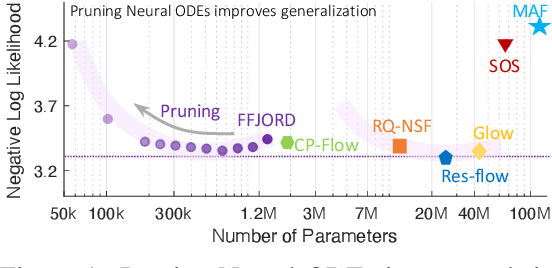
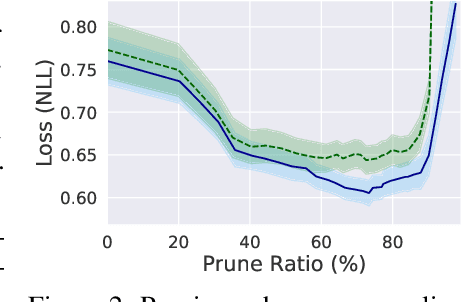
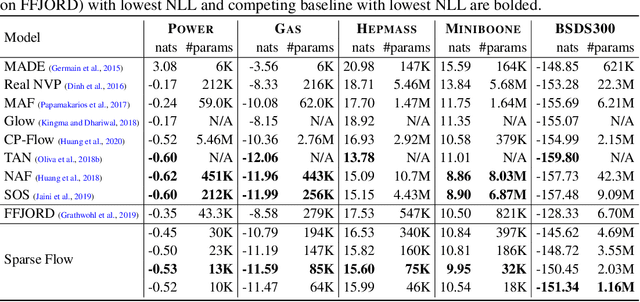
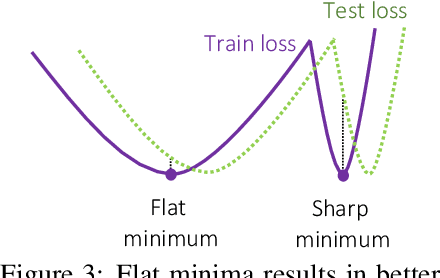
Abstract:Continuous deep learning architectures enable learning of flexible probabilistic models for predictive modeling as neural ordinary differential equations (ODEs), and for generative modeling as continuous normalizing flows. In this work, we design a framework to decipher the internal dynamics of these continuous depth models by pruning their network architectures. Our empirical results suggest that pruning improves generalization for neural ODEs in generative modeling. Moreover, pruning finds minimal and efficient neural ODE representations with up to 98\% less parameters compared to the original network, without loss of accuracy. Finally, we show that by applying pruning we can obtain insightful information about the design of better neural ODEs.We hope our results will invigorate further research into the performance-size trade-offs of modern continuous-depth models.
Causal Navigation by Continuous-time Neural Networks
Jun 15, 2021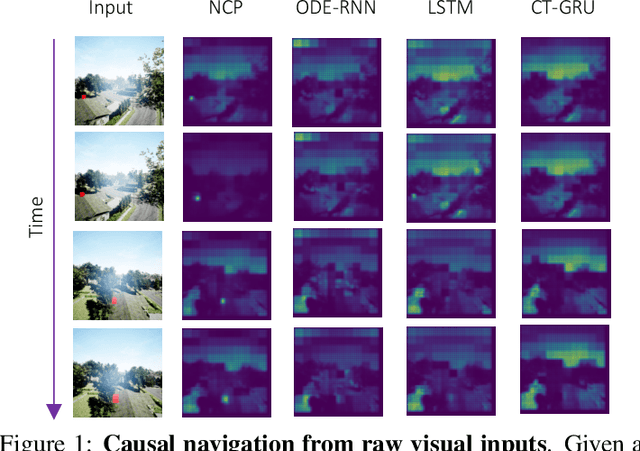
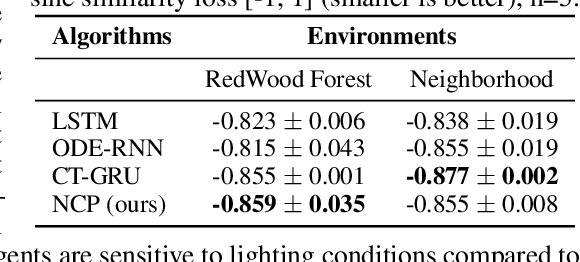
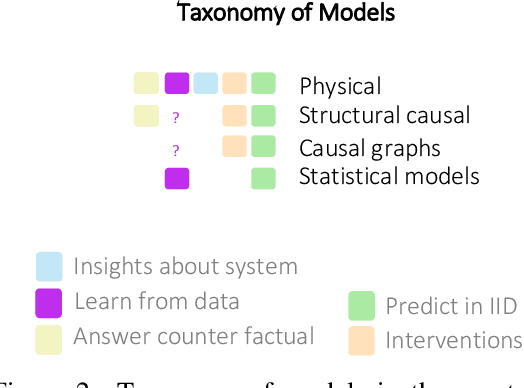

Abstract:Imitation learning enables high-fidelity, vision-based learning of policies within rich, photorealistic environments. However, such techniques often rely on traditional discrete-time neural models and face difficulties in generalizing to domain shifts by failing to account for the causal relationships between the agent and the environment. In this paper, we propose a theoretical and experimental framework for learning causal representations using continuous-time neural networks, specifically over their discrete-time counterparts. We evaluate our method in the context of visual-control learning of drones over a series of complex tasks, ranging from short- and long-term navigation, to chasing static and dynamic objects through photorealistic environments. Our results demonstrate that causal continuous-time deep models can perform robust navigation tasks, where advanced recurrent models fail. These models learn complex causal control representations directly from raw visual inputs and scale to solve a variety of tasks using imitation learning.
On-Off Center-Surround Receptive Fields for Accurate and Robust Image Classification
Jun 13, 2021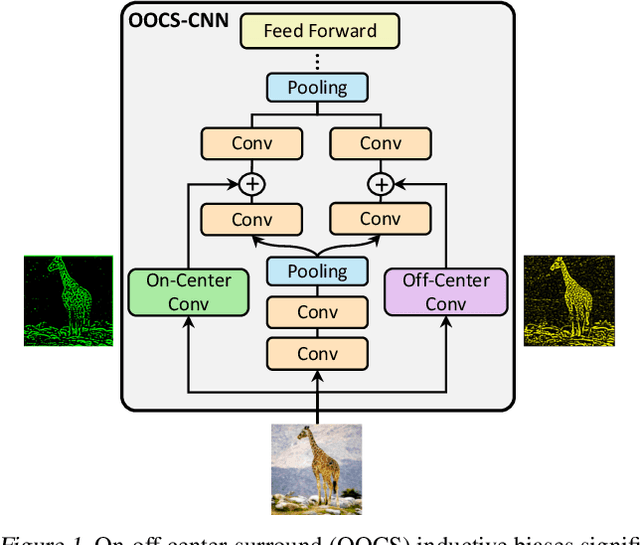
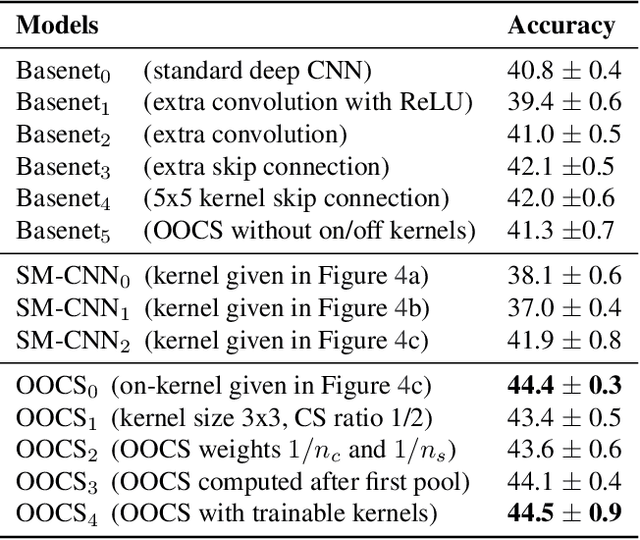
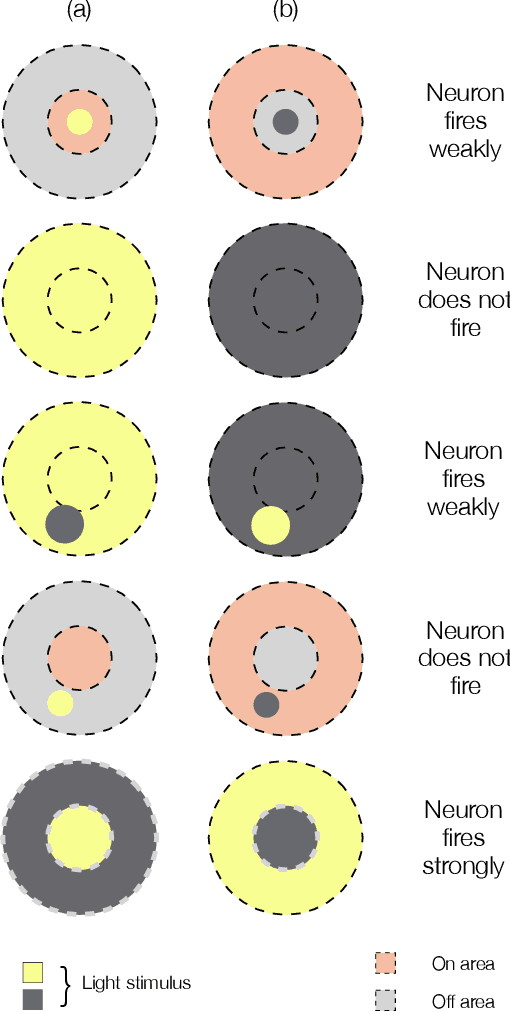

Abstract:Robustness to variations in lighting conditions is a key objective for any deep vision system. To this end, our paper extends the receptive field of convolutional neural networks with two residual components, ubiquitous in the visual processing system of vertebrates: On-center and off-center pathways, with excitatory center and inhibitory surround; OOCS for short. The on-center pathway is excited by the presence of a light stimulus in its center but not in its surround, whereas the off-center one is excited by the absence of a light stimulus in its center but not in its surround. We design OOCS pathways via a difference of Gaussians, with their variance computed analytically from the size of the receptive fields. OOCS pathways complement each other in their response to light stimuli, ensuring this way a strong edge-detection capability, and as a result, an accurate and robust inference under challenging lighting conditions. We provide extensive empirical evidence showing that networks supplied with the OOCS edge representation gain accuracy and illumination-robustness compared to standard deep models.
Multi-Scale Feature Aggregation by Cross-Scale Pixel-to-Region Relation Operation for Semantic Segmentation
Jun 03, 2021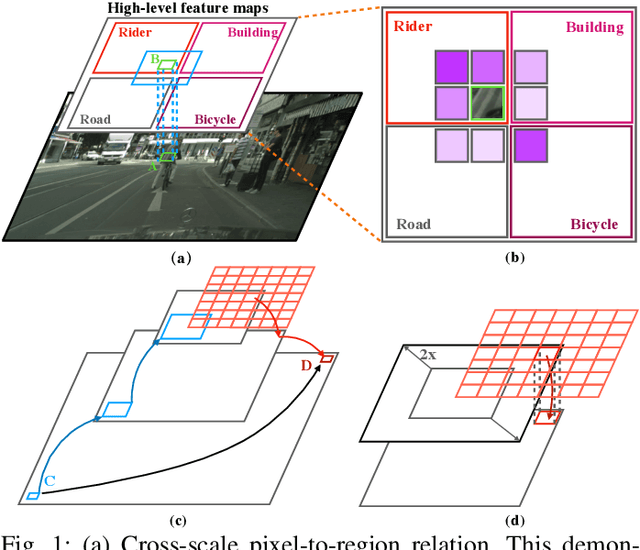
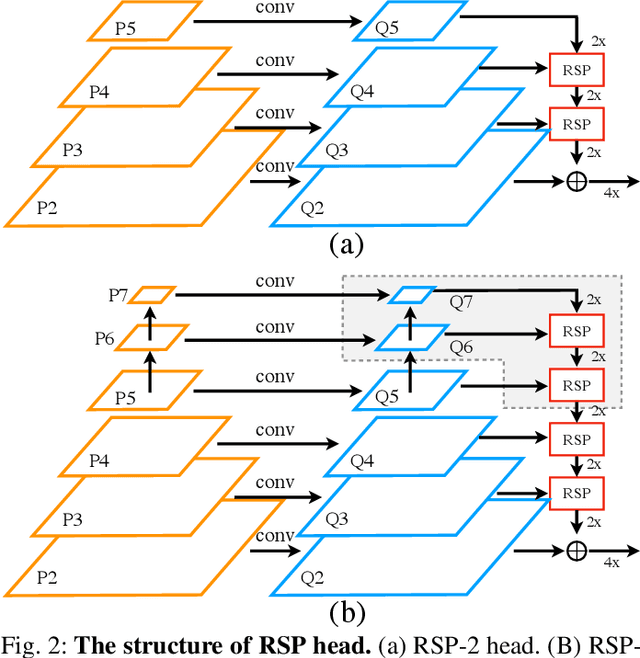
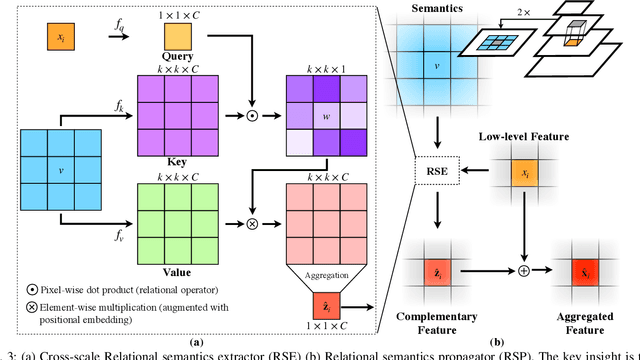
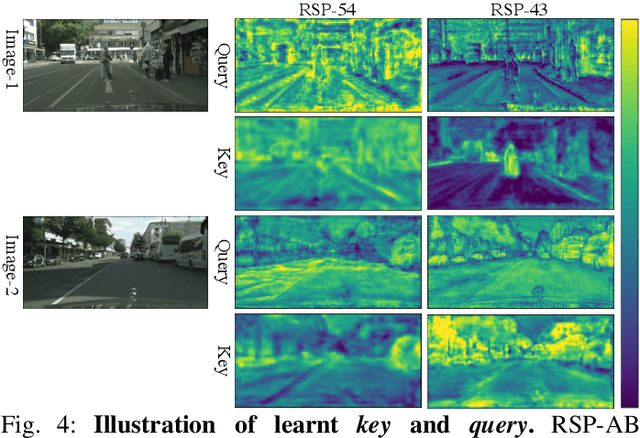
Abstract:Exploiting multi-scale features has shown great potential in tackling semantic segmentation problems. The aggregation is commonly done with sum or concatenation (concat) followed by convolutional (conv) layers. However, it fully passes down the high-level context to the following hierarchy without considering their interrelation. In this work, we aim to enable the low-level feature to aggregate the complementary context from adjacent high-level feature maps by a cross-scale pixel-to-region relation operation. We leverage cross-scale context propagation to make the long-range dependency capturable even by the high-resolution low-level features. To this end, we employ an efficient feature pyramid network to obtain multi-scale features. We propose a Relational Semantics Extractor (RSE) and Relational Semantics Propagator (RSP) for context extraction and propagation respectively. Then we stack several RSP into an RSP head to achieve the progressive top-down distribution of the context. Experiment results on two challenging datasets Cityscapes and COCO demonstrate that the RSP head performs competitively on both semantic segmentation and panoptic segmentation with high efficiency. It outperforms DeeplabV3 [1] by 0.7% with 75% fewer FLOPs (multiply-adds) in the semantic segmentation task.
Efficient and Robust LiDAR-Based End-to-End Navigation
May 20, 2021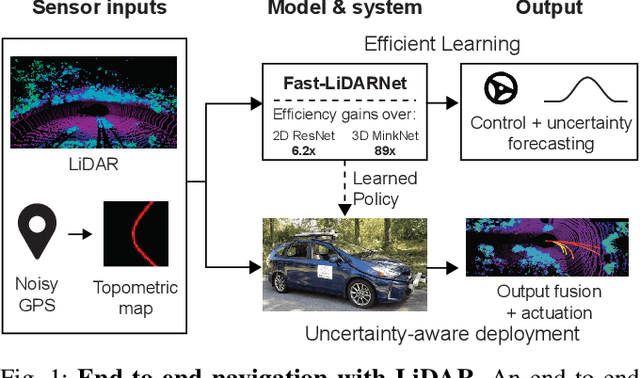
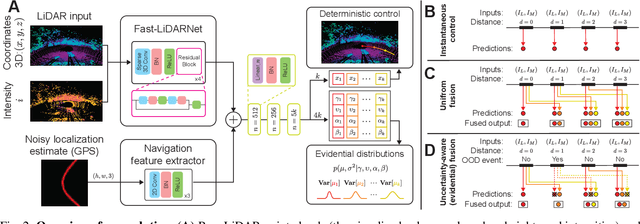
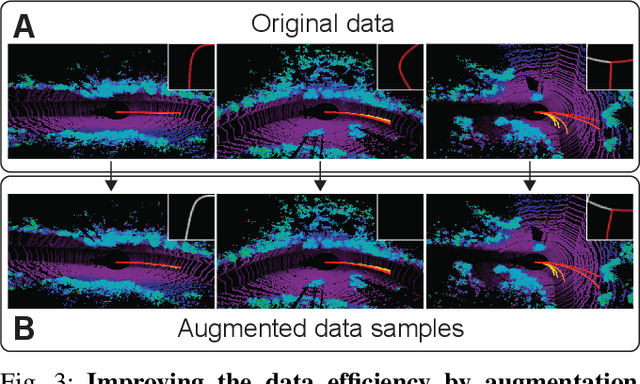
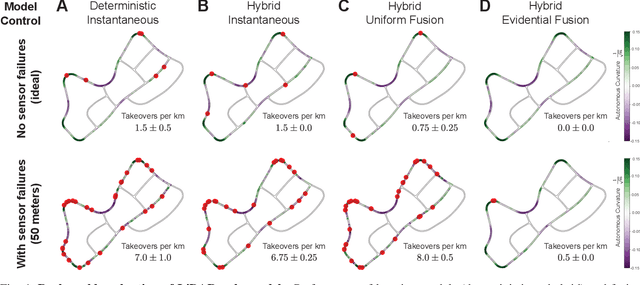
Abstract:Deep learning has been used to demonstrate end-to-end neural network learning for autonomous vehicle control from raw sensory input. While LiDAR sensors provide reliably accurate information, existing end-to-end driving solutions are mainly based on cameras since processing 3D data requires a large memory footprint and computation cost. On the other hand, increasing the robustness of these systems is also critical; however, even estimating the model's uncertainty is very challenging due to the cost of sampling-based methods. In this paper, we present an efficient and robust LiDAR-based end-to-end navigation framework. We first introduce Fast-LiDARNet that is based on sparse convolution kernel optimization and hardware-aware model design. We then propose Hybrid Evidential Fusion that directly estimates the uncertainty of the prediction from only a single forward pass and then fuses the control predictions intelligently. We evaluate our system on a full-scale vehicle and demonstrate lane-stable as well as navigation capabilities. In the presence of out-of-distribution events (e.g., sensor failures), our system significantly improves robustness and reduces the number of takeovers in the real world.
 Add to Chrome
Add to Chrome Add to Firefox
Add to Firefox Add to Edge
Add to Edge